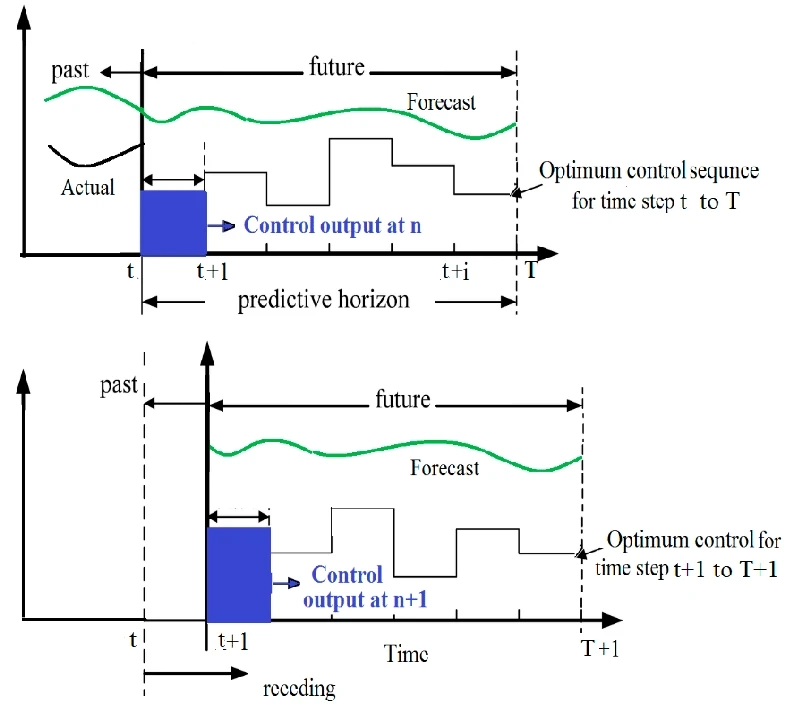Model Predictive Control (MPC) is a powerful technique to control and optimize systems. It has widespread application in manufacturing, aerospace engineering, and process control industries. This comprehensive guide will discuss the basics of Model Predictive Control and how to apply it to your system.
MPC is a technique that allows us to optimize a system by predicting future states and controlling inputs. It is an ideal choice for systems that are subject to change or are hard to model. MPC has been used extensively in the manufacturing industry to optimize production processes. You can use MPC in the aerospace industry to control aircraft and spacecraft.
What Are Some of the Key Benefits of Model Predictive Control?
There are many benefits of Model Predictive Control (MPC), including:
-MPC can optimize a system by predicting future states and controlling inputs
-It can control systems that are subject to change or are hard to model
-Model Predictive Control has been successfully appropriated in various industries, such as manufacturing, aerospace engineering, and process control.
-Model Predictive Control software is easy to navigate and has many features.
The Fundamentals of Model Predictive Control
The basics of Model Predictive Control are relatively simple. We begin by discretizing the system into a set of states and inputs. We then formulate an optimization problem that we solve using an algorithm such as gradient descent. The solution to this optimization problem gives us the optimal control input for the next step.
We can apply Model Predictive Control to systems with multiple inputs and outputs, constrained systems, and systems with nonlinearities. MPC is very effective in a wide range of applications.
The following section will discuss applying Model Predictive Control to your system. We will also provide a detailed example of how you can use MPC to control a manufacturing process.
How to Apply Model Predictive Control
Model Predictive Control (MPC) is an iterative process that begins with the discretization of the system. The states and inputs are discretized into a set of discrete values. Moving forward, you can formulate and solve the optimization problem using an algorithm such as gradient descent. The solution to this optimization problem gives us the optimal control input for the next step.
We can apply Model Predictive Control to systems with multiple inputs and outputs, constrained systems, and systems with nonlinearities. MPC is very effective in a wide range of applications.
The following section will discuss applying Model Predictive Control to your system. We will also provide a detailed example of how you can use MPC to control a manufacturing process.
The Future of Model Predictive Control and Its Potential Applications
MPC is a powerful technique with a wide range of potential applications. In the future, MPC will likely find even more widespread use as computing power and data storage continues to increase.
MPC has the potential to revolutionize the way we control systems. You can observe its widespread applications in the manufacturing and aerospace industries. In the future, you can use it to regulate autonomous vehicles, smart grids, and other complex systems.
How Does MPC Compare to Other Control Methods, and What Are the Potential Drawbacks of Using This Approach?
MPC has several advantages over other control methods:
There are a few potential drawbacks of using Model Predictive Control:
Getting Started With MPC
Starting, you may consider the following points to develop insights into MPC:
- Firstly, it is essential to understand optimization and control theory well.
- Secondly, it is helpful to have access to a simulator or actual system that you can use to test MPC algorithms.
-Thirdly, there are many software packages available that you can leverage to implement MPC. These software packages typically come with example applications that you can use to learn how MPC works.
- Finally, it is helpful to read papers and books on Model Predictive Control to gain a more in-depth understanding of the theory behind this approach.
Model Predictive Control is a powerful technique with many potential applications. If you are interested in learning more about the approach, the resources listed above can help you get started.
Now that it's time to conclude our guide on Model Predictive Control, we hope you found it helpful! You can contact PI Control Solutions for more information if you have any questions or comments!
0


